Showing all filter questions at once
 Welcome to our filter!
Welcome to our filter!
Selecting a cell phone can feel overwhelming given the wide variety of options. If you need to pick a cell phone, stop and consider several factors before moving forward. First, assess your personal needs. When and where will you be using your phone? Do you require a smartphone, or could you get by with something more basic? Then, look into special features. Depending on how you plan to use your phone, you may want things like a high-quality camera or solid screen resolution. Lastly, choose the right carrier based on your budget and needs.
 For whom you are looking a phone?
For whom you are looking a phone?
So you need a smartphone, and you need it now. Maybe it’s your first phone, maybe your contract is up for renewal, or maybe you just dropped the last one in the toilet. Fear not. There are a lot of good options out there and we’ve got a quick guide about how to choose a smartphone that should help you out.
The first question is: what is your gender?
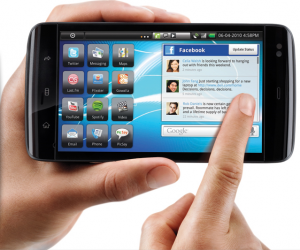 Do you need a touchscreen?
Do you need a touchscreen?
A touchscreen is an input and output device normally layered on the top of an electronic visual display of an information processing system. A user can give input or control the information processing system through simple or multi-touch gestures by touching the screen with a special stylus or one or more fingers. Some touchscreens use ordinary or specially coated gloves to work while others may only work using a special stylus or pen. The user can use the touchscreen to react to what is displayed and, if the software allows, to control how it is displayed; for example, zooming to increase the text size.
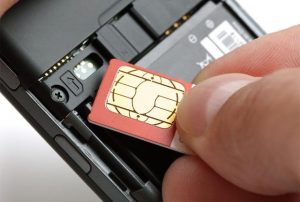 Count of SIM
Count of SIM
A SIM card is internationally identified by its Integrated circuit card identifier (ICC-ID), which is engraved on the body of the card. It is also identified by the carrier with its International mobile subscriber identity (IMSI). Essentially, these two numbers tell the carrier that your phone is allowed to operate on its network and, once connected, should be billed for certain features. Beyond identification, SIM cards have several other functions.
Please, select at least one value.
Set a price range
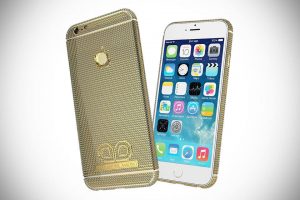
You can spend anything from around $15 to more than $700 on a smartphone. If you want a premium top-of-the-range phone from the likes of Apple or Samsung, expect a dent of at least $500 in your bank account. Models in this range typically come with a large, extremely detailed, and vibrant screen. Plus, they’ll have all the latest features – which can include anything from a fingerprint reader and heart-rate monitor to fast charging and waterproofing.
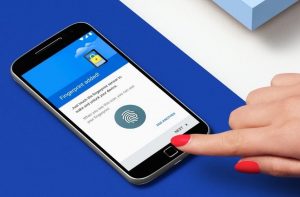 Do you need a fingerprint reader?
Do you need a fingerprint reader?
Fingerprint scanners aren’t just reserved for the very top-tier of smartphones these days, even your reasonably priced mid-ranger can come packing in the additional security hardware. Heck, even a number of sub-$150 devices these days coming packing the technology. Technology has moved on a lot from the early days too, becoming faster and more accurate in their readings.
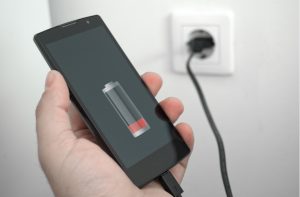 Minimum battery size (mAh)
Minimum battery size (mAh)
Battery technology is improving steadily so newer phones tend to have longer battery life, however your usage habits are what really dictate how long the battery lasts. Talking on the phone, gaming, and using phones outside of wifi range will all drain a battery more quickly.
Select other needs
Camera
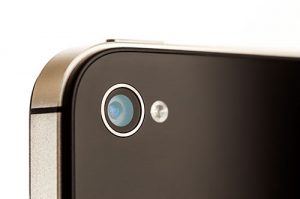 A camera phone is a mobile phone which is able to capture photographs and often record video using one or more built-in digital cameras. Although smartphones are known for taking high-quality photos in general, the actual picture quality will vary quite a bit between brands and models.
A camera phone is a mobile phone which is able to capture photographs and often record video using one or more built-in digital cameras. Although smartphones are known for taking high-quality photos in general, the actual picture quality will vary quite a bit between brands and models.
NFC
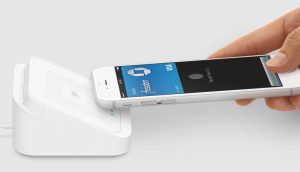 Have you ever wondered what makes tap-and-go services like Apple Pay, Android Pay, and Amiibo work? As much as it seems like pure magic, it isn't.
Have you ever wondered what makes tap-and-go services like Apple Pay, Android Pay, and Amiibo work? As much as it seems like pure magic, it isn't.
So what is it exactly? Simply put, it's a method of wireless data transfer called NFC (Near field communication) that detects and then enables technology in close proximity to communicate without the need for an internet connection. It's easy, fast, and works automagically.